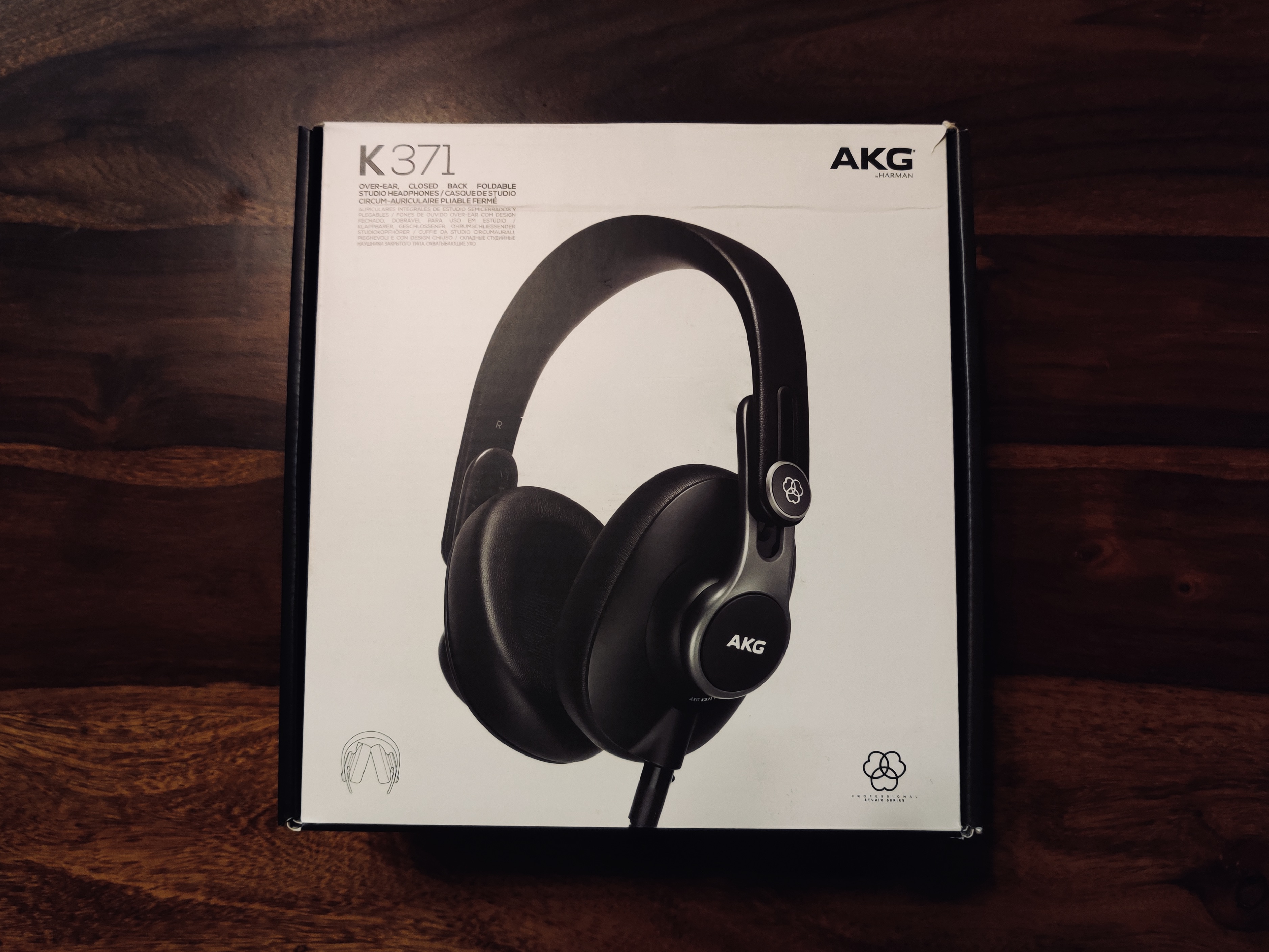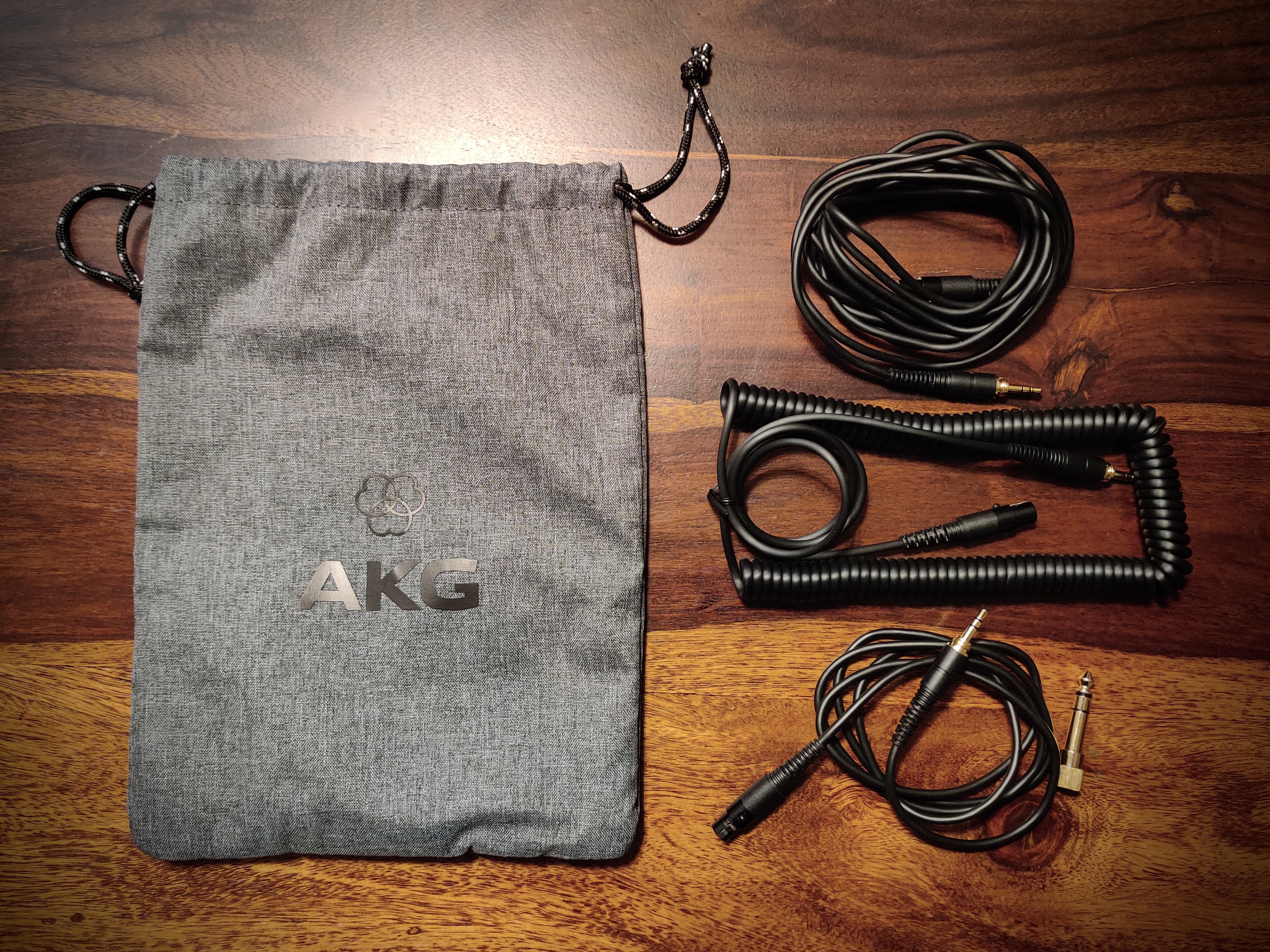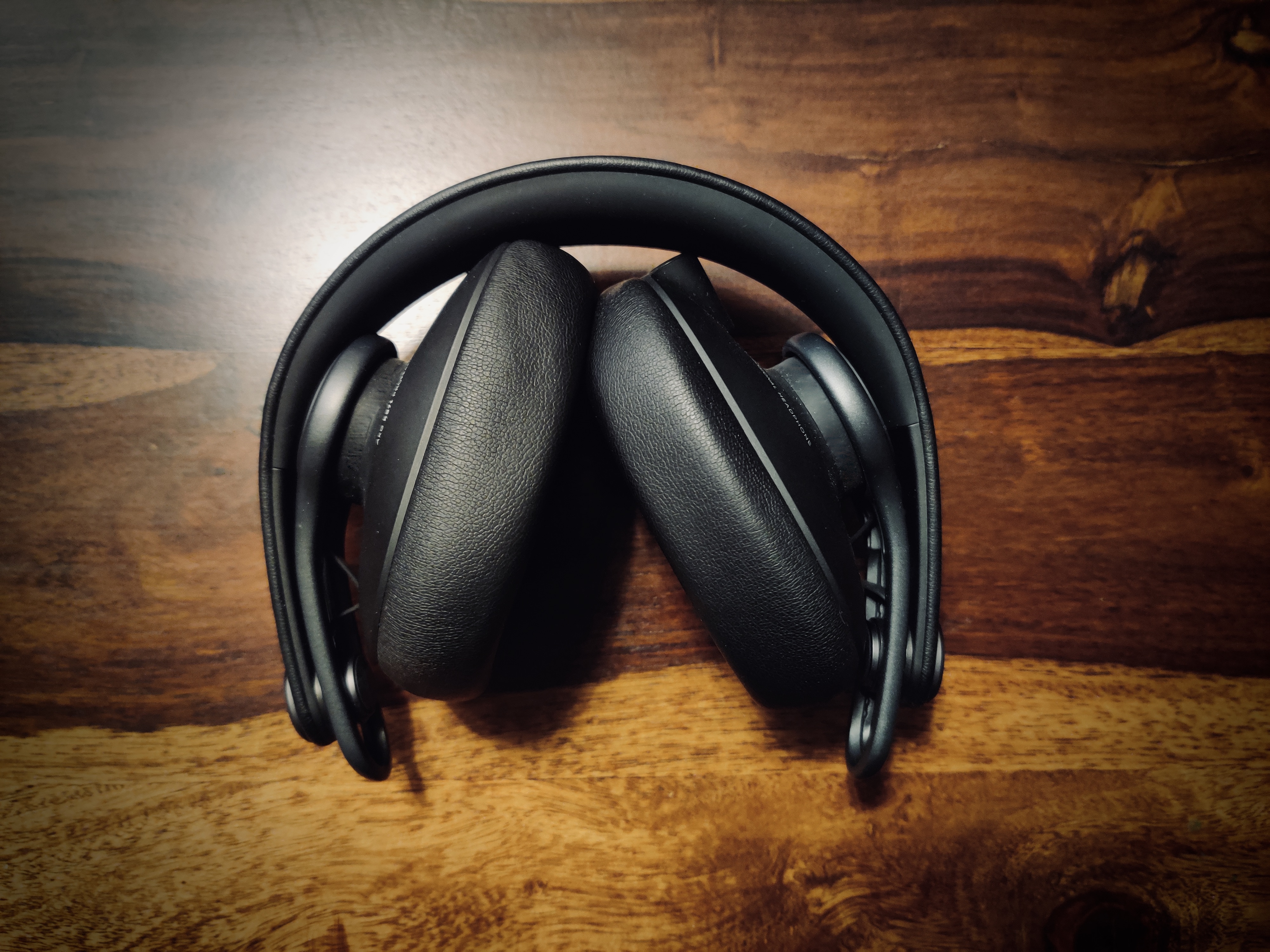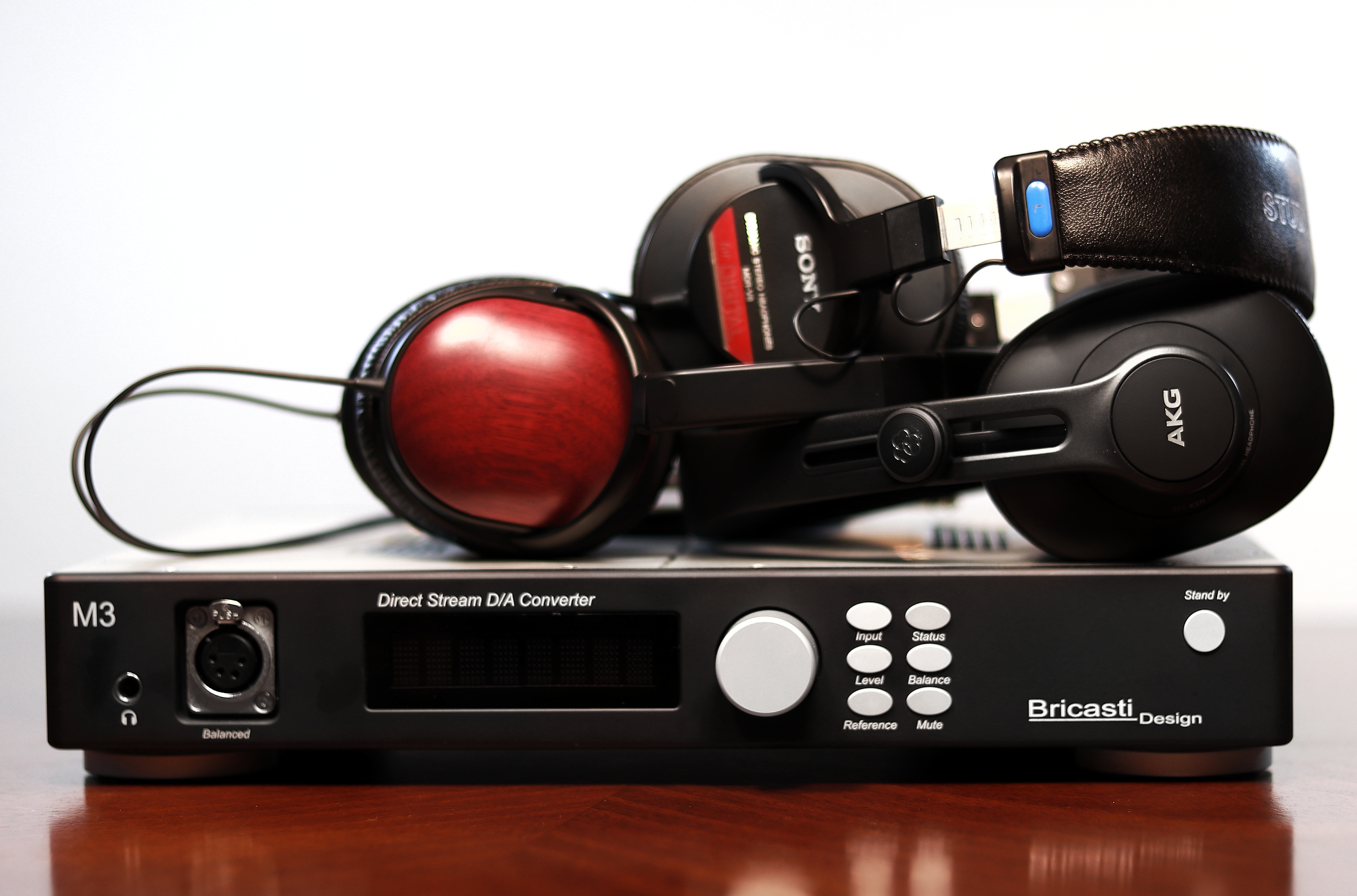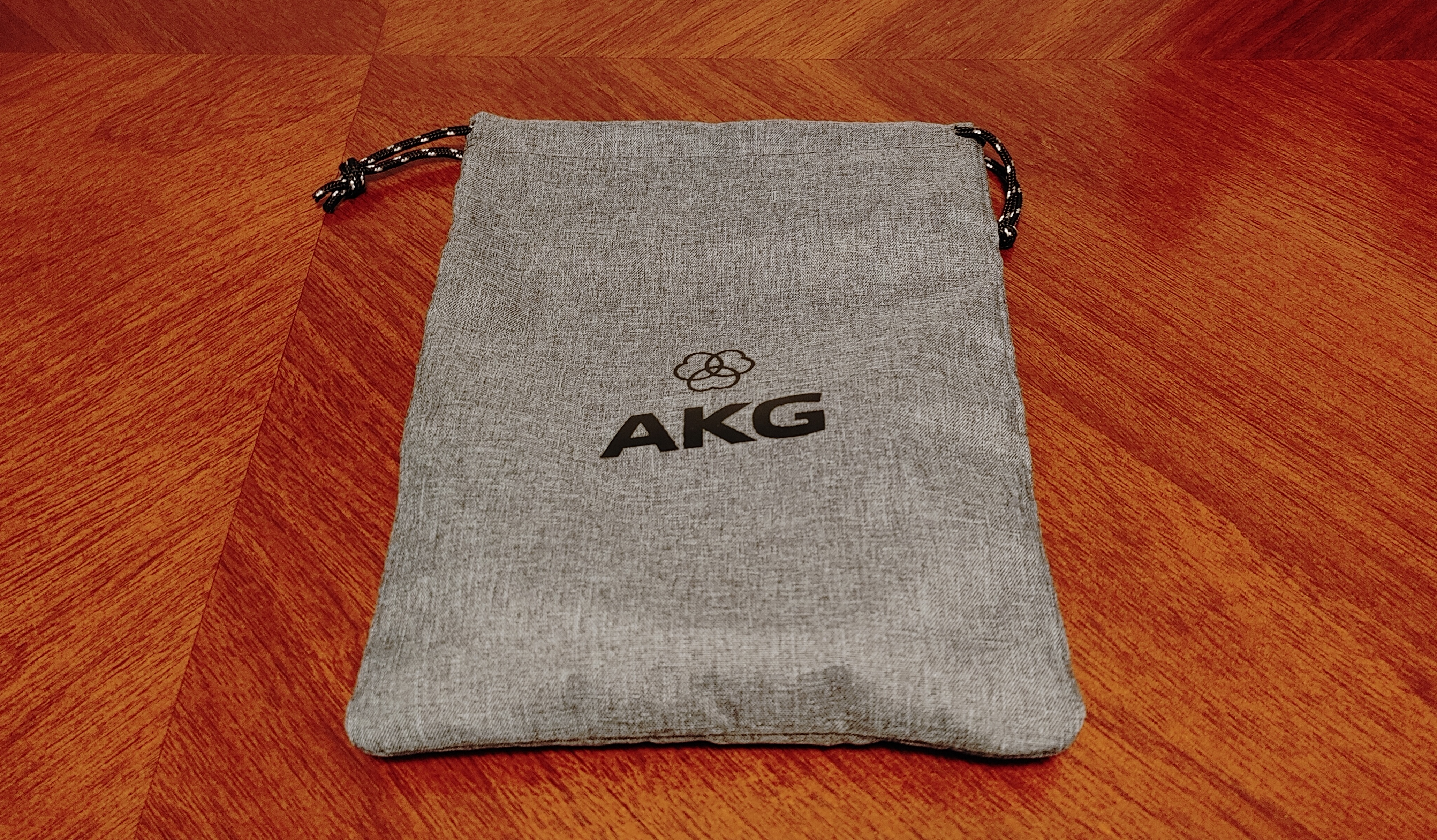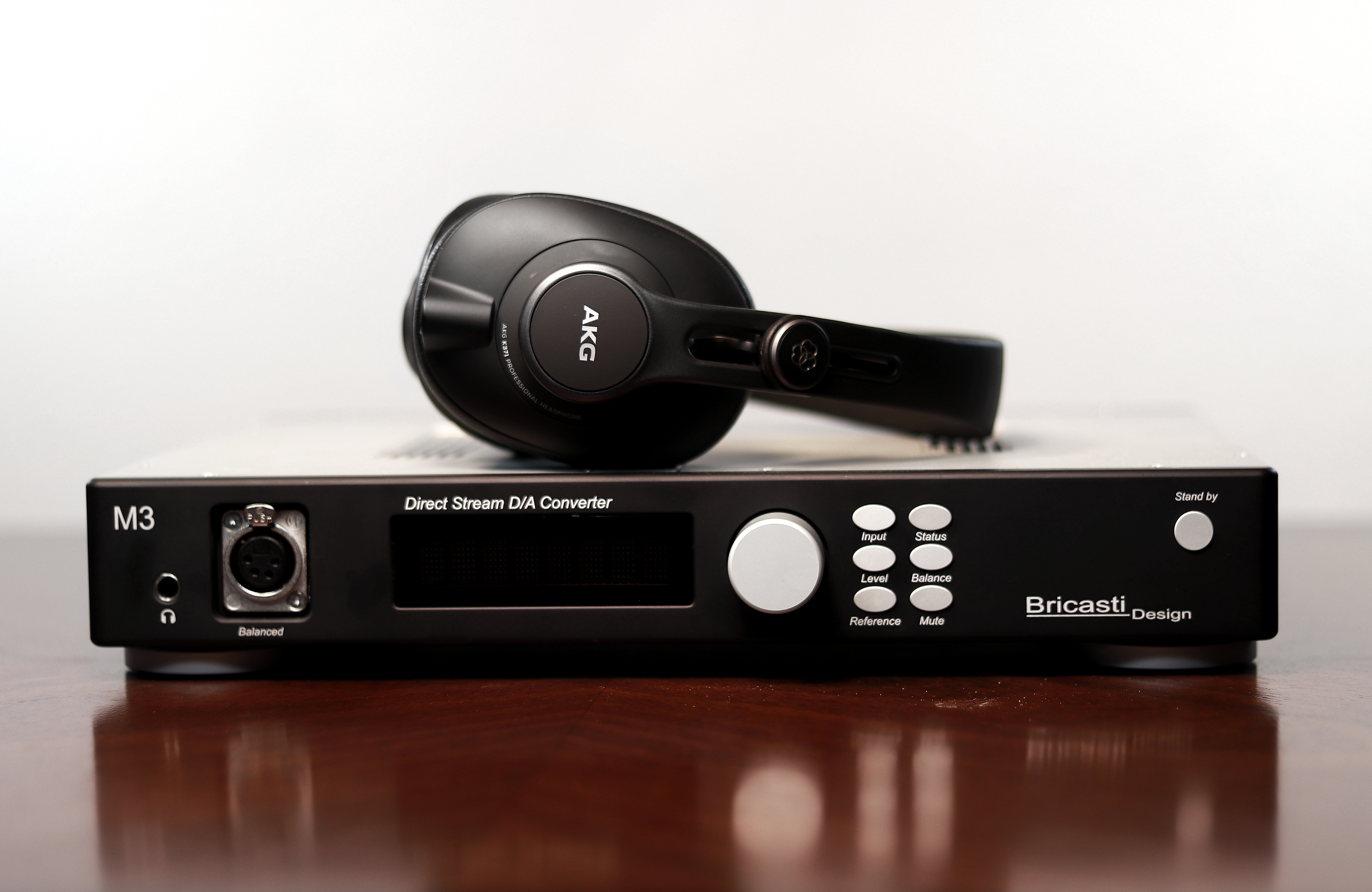About AKG.
AKG probably needs no introduction since it has been making great world-class audio gear for more than 50 years now. For those who are still unaware of its existence, AKG is an Austrian audio equipment manufacturing company founded in 1947 in Vienna. AKG produces both professional as well as consumer products and is particularly popular for its microphones, headphones and wireless audio systems. It was acquired by American company Harman International Industries in 1994, when it had already established its American subsidiary arm in Los Angeles (1985). In 2017, Harman decided to shut down all of AKG’s facilities in Vienna and was then acquired by Samsung Electronics in the same year. AKG Acoustics USA now has its headquarters in San Fernando Valley, California.
AKG has been making excellent microphones over the years like C12, C414, D112, etc., which are some of the go-to microphones for professionals. I personally own a couple of them too. They’ve also had quite a lot of popular headphones over the years like the K240, K701, K702 Pro and a collaboration lineup with famous producer Quincy Jones.
Disclaimer.
I'd like to thank Harman and AKG for providing me the AKG K371 for a review. I am not affiliated with the company or any of its sellers and write this review with an unbiased opinion regardless of how the review turns out.
Links - AKG K371 (Official Website) | AKG K371 (Amazon India) | AKG K371 (Harman India)
About AKG K371.
K371 is a $149 (currently selling for $119) closed-back, over the ear headphone which has been developed with Harman’s research of an optimal headphone target curve spearheaded by Dr. Sean Olive, called the Harman Target curve. As per the research and study, it is a target curve measured at the ear-drum/DRP (Drum Reference Point) that defines a reference sound signature that sounds most natural, pleasing and tonally correct to majority of listeners.
Technical Specifications.
- Driver - 50mm Titanium coated diaphragm with pure OFC voice coils
- Sensitivity - 114 dB SPL/V @ 1 kHz
- Rated impedance - 32Ω
- Audio frequency bandwidth - 5-40kHz
- Cables – Detachable 1.2m straight, 3m straight, 3m coiled.
- Connector type – Mini XLR
- Weight – 255 g
Included in the box.
- AKG K371 headphone
- 3 Cables – 1.2m straight, 3m long straight and 3m Coiled cable
- 3.5mm to ¼” adapter
- Waterproof carry pouch
- Warranty card and manual
Build Quality.
K371 is built mostly from highly quality plastic with a metal hinge holding the ear cups but is well put together. The top of the headband is faux leather with a rubbery cushion at the bottom. The foldable ear cup mechanism clicks as you fold the ear cups into a compact form (picture below), which makes it nice and easy to carry for on-the-go use. The earpads are made of pleather with memory foam on the inside. They are soft, squishy and very comfortable; much better than the earpads on M50 which are harder and prone to cracking or the ones on Beyerdynamic DT770 Pro and Sennheiser HD380 Pro which are extremely crinkly and start fraying rather quickly. The only things I have my doubts on in the build are the top faux leather wrap of the headband and rubbery cushion that is glued on, whose durability will be seen as the time goes by. Besides that, K371 has a very good build for the price and should last well.
Cables - There are 3 cables in the package, 2 straight cables (1.2m and 3m) and a 3m coiled cable. They are well built and should last even with typical studio rugged use. Nevertheless, the cables are detachable and have a mini-XLR connection, so you can always replace them in case you somehow manage you break theem. Male XLRs connectors are sturdy and give me a sense of security since they have a click lock mechanism which restricts the cable from coming off randomly or when pulled accidentally.
Comfort and Isolation.
K371 has a very comfortable fit for me personally, especially owing to its small form factor. It does not have a lot of clamp force or downward pressure at the headband. The pleather pads are big enough to cover my whole ear and the memory foam adapts to my head shape pretty well but since the foam padding isn't too thick, larger/bigger ears may touch the driver housing. It is definitely better than the Audio Technica M50 for me in this regard as my ears touch M50’s driver assembly the whole time I have them on. As for isolation, the headphones don’t leak too much sound outside and are fairly decent in reducing the average background noise. I personally can't hear the house bell ringing if I have the headphones on and music playing at decent volume.
Sound Section.
Prelude - Concept of target curve tuning with Harman Target curve in spotlight.
I won’t go into too much detail but here is some quick insight. You probably would've come across this line before - ‘Flat (straight line) on a headphone/IEM graph does not sound flat (tonally correct) in real life’. Not wanting to complicate or overpopulate the review with lots of audio engineering theory, I’d highly recommend you to read more about HRTF, ear gain, target curves, etc. For sake of understanding for people who aren’t yet aware of all this, loosely and quickly, studio monitors are tuned to measure flat but flat line measuring headphones don’t sound tonally accurate to us because of ear related gain factors. Hence, target curves were developed by different research groups at different times to model the way our ear anatomy responds and affects sound before it reaches our ear drum by measuring flat speakers in different acoustical rooms.
Diffuse Field target (DF) and Harman Target (HT) are two popular reference target curves used by manufacturers around the world for tuning their headphones/IEMs or as compensation in their graph measurements. Harman Target was developed by researchers at Harman International led Dr. Sean Olive who is now a Senior Fellow at the company. Their years of extensive research led them to develop a target curve that mimics and sounds like good speakers in a good (well-treated) room. They took into account individual preferences of test subjects in the study and tweaked the curve slightly to what sounded most pleasing, natural and preferable to the majority in the study.
Even Sonarworks Reference 4’s Headphone Edition which has calibration profiles for a ton of popular headphones, have their own target curve which is actually quite close to the Harman Target, but with a lower bass shelf and a tiny bit more upper treble. So, loosely even Sonarworks’ idea of flat response in headphones is basically a slightly modified Harman Target curve, which is also their idea of how flat studio monitors are perceived by our ears in an acoustically treated room. I use Reference 4 for my production work and it works really well for my use, be it for calibrating my studio monitors for flat frequency response or using their calibration profiles for the headphones I own. It makes moving between studio monitors and headphones much easier and I achieve my mixes which translate better way quicker now.
Sound Analysis.
Summary - As you know by now, K371 are tuned to the Harman Target OE curve. Dr. Sean Olive, the creator of the Harman Target says that the K371 comes within about 1dB of the Harman curve, which I think is pretty cool considering this is a $149 headphone. I perceive a nice 5-6dB sub-bass shelf, very linear mid-bass and lower midrange, forward upper midrange with a nice 9-10dB ear-gain around 2.75kHz and well-balanced smooth and neutral treble presentation. What impressed me right off the bat was the maturity of tuning and balance.
Let’s dig in deeper…
Bass – K371’s bass tuning is very well done and it is even more impressive considering the asking price. It has a nice 5-6dB sub-bass shelf starting around 100Hz with a neutral mid-bass and upper-bass presentation. Sub-bass is where a lot of headphones roll-off and K371 being able to follow the Harman curve well here is definitely a feat. It has very good low-end extension and as a result, songs have good sub-bass rumble, which is well present but always in control. Mid-bass and upper-bass ranges are very clean and linear, so songs are presented in a very neutral and reference fashion. Overall bass has very good clarity, resolution as well as accurate tone and timbre, which can be very musical, exciting and enjoyable for people who like to hear the bass as the artist and engineers intended the mix to translate.
Mids – We have a very linear lower midrange and a forward upper midrange. I perceive a nice 9-10dB ear-gain around 2.75kHz, which is a tiny bit less than Sennheiser HD650/HD6XX. As a result, K371 has very good tonality and timbre presentation. It moves away from the Harman Target slightly with a very minor dip in the 3.5-4.5kHz region, which is why K371 doesn’t come off as forward or shouty as some headphones like the HifiMan Sundara in this region. Instruments have good strong definition because of the forward upper-midrange, which makes them a joy to listen to. Resolution, note definition and clarity are really good, even better considering the price, making it quite easy for musicians and instrument fans to focus on the nuances of the instruments.
Treble – Treble on the K371 is maturely tuned with good balance, clarity and tonality in line with the Harman Target treble character, following it almost perfectly. It is more towards warm than sparkly or sizzly and there isn't any harshness or sibilance. The only gripe I have here is that I personally would've liked a bit more upper treble and air. It has more to do with the Harman Target’s treble curve in general than K371 itself. A bit more upper treble post 10kHz would’ve added some nice sparkle, making K371 more open, airy and exciting. Nevertheless, if you like your treble smooth-neutral and in line with the Harman Target, you definitely won't have any complaints.
Drivability.
K371 is rated 32Ω with a sensitivity of 114dB/V and is fairly easy to drive through smartphones, laptops and SE output of DAPs.
Soundstage and Imaging.
Soundstage and imaging are good for a closed-back headphone for the price. The soundstage isn’t exactly in your head and neither is it too holographic. It is somewhere in the between where the vocals and snares are deeper than where you perceive your nose and wide panned guitars stretch parallel to the ears. It is nowhere close to high-end open-back soundstages but it is pretty good to translate mixes or help you imagine how your reverb tricks and instrument panning will pan out in the final mix on near-field and far-field monitors. Width and depth resolution is pretty good for the price as you can hear reverb trails very clearly and that helps greatly while mixing, making it easier to hear and perceive psychoacoustic mixing moves and tricks with EQs, reverbs and delays.
Comparisons.
AKG K371 vs Audio Technica M50 – I don’t have the newer M50X but have had the original M50 for years in my studio. So, we’ll have to do with a comparison with M50 for now. As per Audio Technica, not much was changed in the M50X update except for making the cable replaceable.
M50 is mostly plastic but has a nice rugged build. It’s the kind of headphone that can take beating with rugged use and that is why you see a lot of them in studios as monitoring headphones. K371 is lighter as well as more elegant and refined looking in comparison but maybe loses a bit in the ruggedness department in comparison to M50, but is no slouch by itself in isolation. Comfort wise, I dig the K371 more as M50 ear pads are rather lean with my ears touching the driver casing all the time. M50 earpads aren't wide and tall enough to encompass my complete ear, which creates hot spots after a few hours of usage. K371 on the other hand stays much more comfortable. On the other hand, M50 has better adaptiveness compared to K371. Sound wise, M50 has slightly lesser sub-bass around 20-40Hz, more boosted mid-bass, a little dip in the 250-500Hz of lower midrange away from neutral, a tiny bit more upper-mids in the 4kHz region and a bit more upper treble sparkle post 10kHz. K371 is an overall better tuned headphone as it is more neutral, better balanced, more tonally accurate, a bit more resolving and has a wider soundstage too.
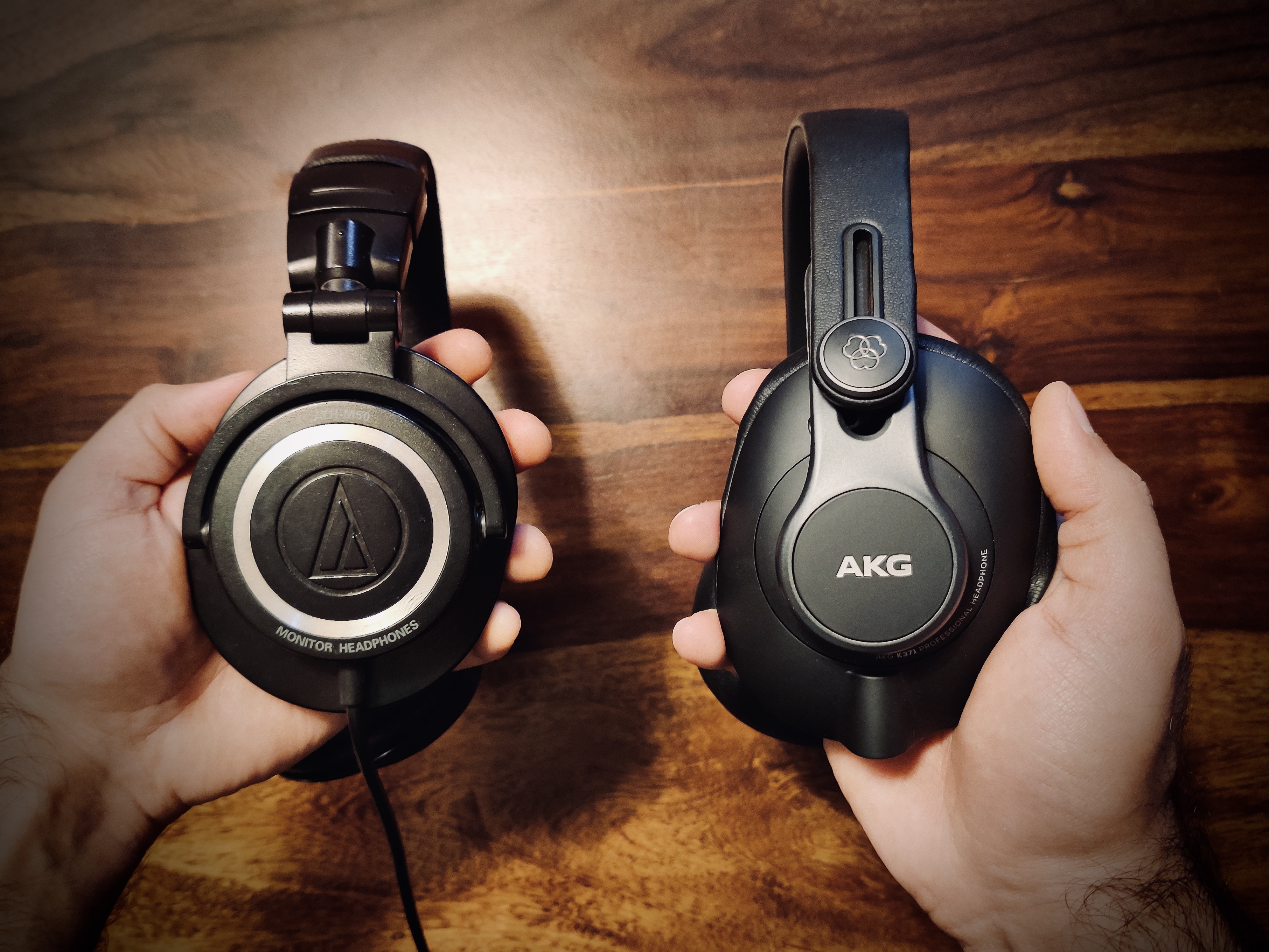
AKG K371 vs Beyerdynamic DT770 Pro (32Ω) – Beyerdynamic is mostly plastic with a metal hinge but has a certain ruggedness to it. For me, K371 feels easier to wear for hours owing to its more compact form factor. Sound wise, K371 has better and more tonally accurate bass tuning and extension. DT770 Pro has less bass presence as well as leaner instrument body. DT770 Pro has a dip around 3.5-4kHz in upper-midrange and a more prominently boosted lower treble which skews its tonal and timbre accuracy of instruments. K371 is much more tonally accurate because of better midrange and treble tuning as it is in line with the Harman Target. DT770 Pro has more prominent upper treble too and as a result, DT770 Pro comes off as a very bright headphone whereas K371 leans towards warmth without sacrificing on clarity and details. DT770 Pro has a wider soundstage, a lot owing to its bright treble boosting but at the cost of it coming off as overly bright with some songs. K371 is much better tuned as well as a better overall product in comparison.
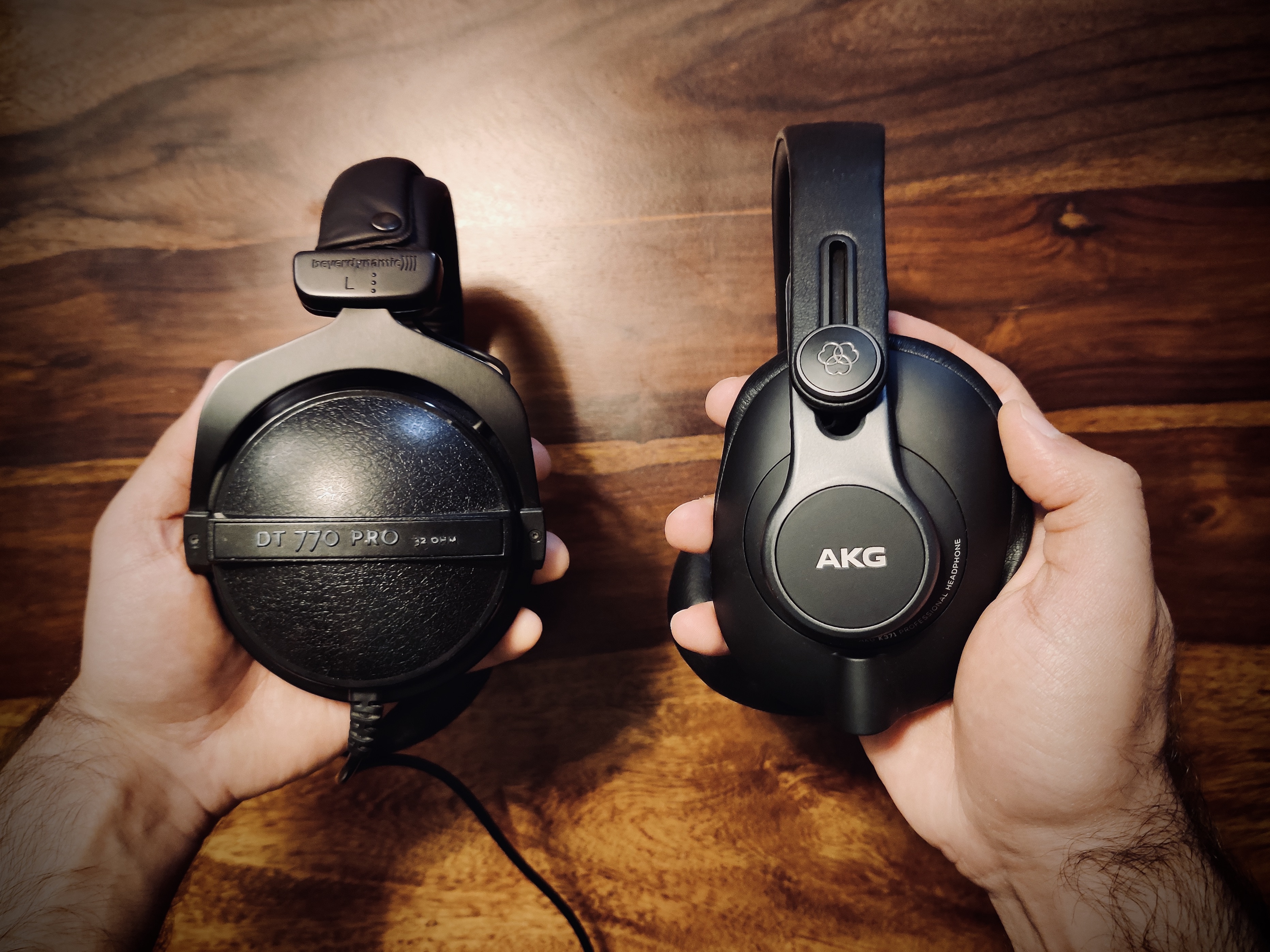
AKG K371 vs Sennheiser HD6XX – Even though HD6XX is an open back, it is a popular reference headphone that a lot of engineers and audiophiles swear by, so I think it’s a fit comparison for people looking for a reference headphone with a budget of $150-250. Build wise, both are made of plastic with a bit of metal here and there. HD6XX has more clamp force but is quite comfortable for me personally as the ear pads are big and encompass the whole ear. A lot of people bend HD6XX’s headband adjuster outwards to reduce the clamp force a bit. Drivability wise, HD6XX is a 300Ω headphone and needs more power than K371 to be driven to similar loud volume levels. Sound wise, K371 has better sub-bass extension as it extends till 20Hz with a sub-bass shelf boost whereas HD6XX rolls off sub-bass past 40Hz. HD6XX has a tiny bit more mid-bass. Overall HD6XX’s bass note weight is weightier but K371 has quicker speed. Both have very neutral lower midrange and forward upper midrange tuning. HD6XX has a bit more pinna gain in the 2-5kHz region. K371 has a tiny bit more of lower treble whereas HD6XX has a bit more upper treble with fresh ear pads and is airier in comparison until the ear pads start getting old. K371 has a bit more stage depth but they have similar width.
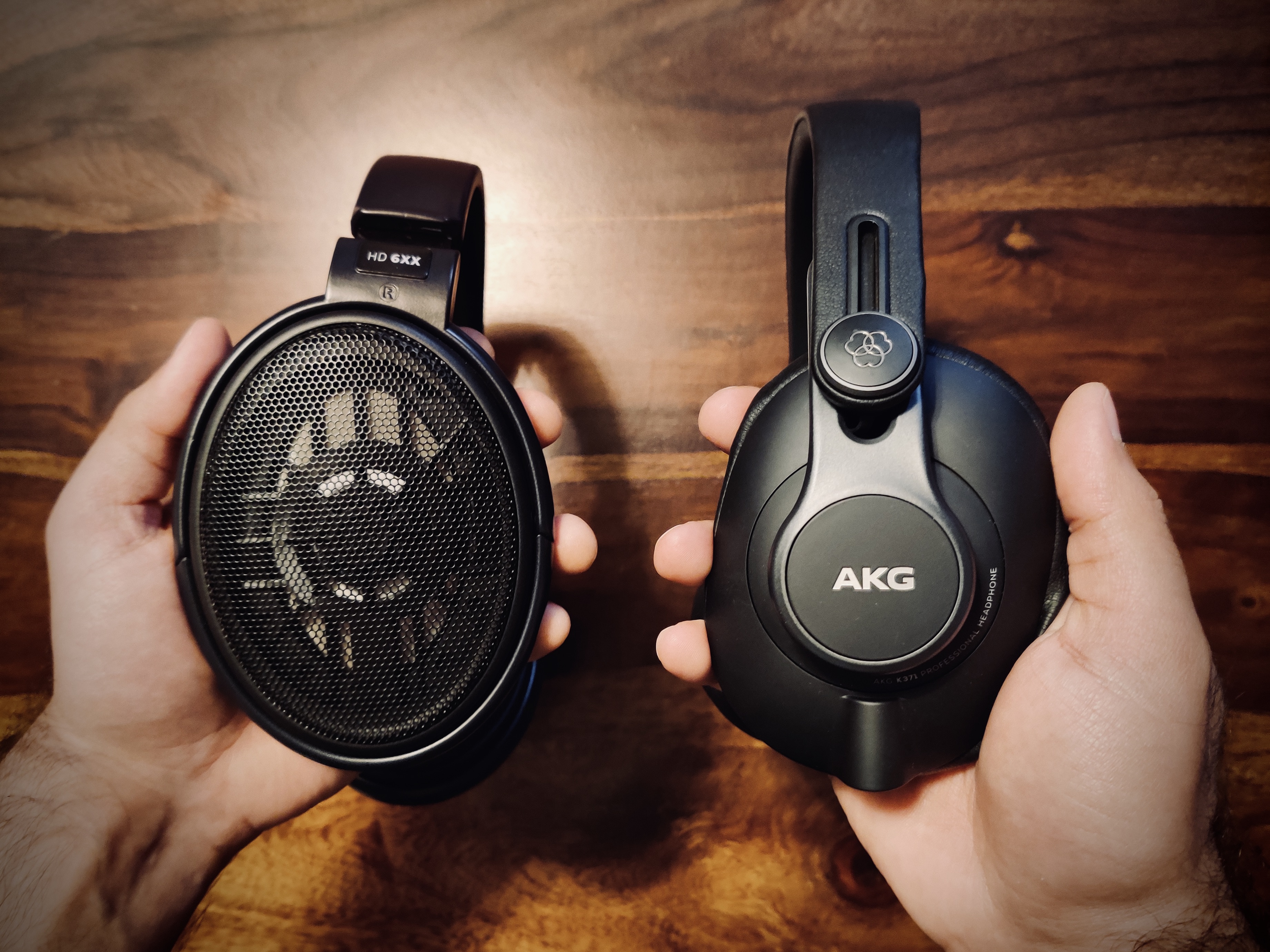
Conclusion.
Given K371’s technical capability, well-balanced Harman-neutral tuning and natural tonality & timbre of instruments, K371 is not only a great tool for music professionals but also a great headphone for music enjoyment if a well-tuned neutral signature is your jam. It has very good build for the price, a nice compact form factor for on-the-go use and a very comfortable fit. I can’t think of another closed-back headphone in this price range or even a segment above that is so maturely tuned and does so many things right. For me, K371 at $149 is the closed-back headphone to beat and I highly recommend it! At its current sale price of $119 on AKG's official website, it is a steal!
Gear used for testing and review.
- DAPs – Hiby R6 2020 | iBasso DX160
- Audio Interfaces - Universal Audio Apollo | Focusrite Clarett 8PreX
- Laptop – Apple Macbook Pro 15″
- Phone – OnePlus 7 Pro
Reference Songs list.
- Foo Fighters – The Pretender, Best of you, Everlong & Sonic Highway album
- Coldplay – Paradise, Up in flames & Everglow + Everyday Life Album
- Biffy Clyro - A Celebration of Endings & Ellipsis albums
- Ed Sheeran – Thinking out loud, Bloodstream & Galway Girl
- Dave Matthews Band – Come Tomorrow album
- Dua Lipa – Future Nostalgia album
- Chainsmokers – Somebody, Sickboy, This Feeling & Closer
- John Mayer – Slow dancing in a burning room, Stop this Train, Say & A Face to Call Home
- Gavin James – Always & Hearts on fire
- Switchfoot – Meant to live & Dare you to move
- Porcupine Tree – Sound of Muzak, Blackest Eyes & .3
- Our Lady Peace – Do You Like It & Innocent
- Linkin Park – Papercut, Somewhere I belong & Talking to myself
- Maroon 5 – She will be loved, Payphone & Lost stars
- Lifehouse – All in all & Come back down
- Breaking Benjamin – Diary of Jane
- Karnivool – Simple boy & Goliath
- Dead Letter Circus – Real you
- I Am Giant – Purple heart, City limits & Transmission
- Muse – Panic station
- James Bay – Hold back the river



